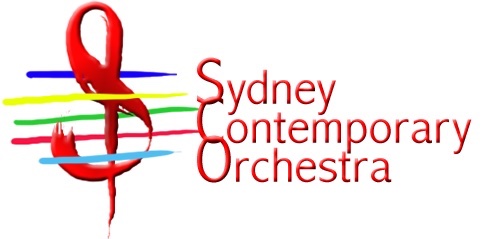Ishtar & Gilgamesh
for flute, bass clarinet, duduk, horn, harp, violin and ‘cello
The Epic of Gilgamesh, from ancient Mesopotamia, begins with five Sumerian poems about Gilgamesh, king of Uruk, dating from the Third Dynasty of Ur (c. 2100 BC). The Epic is recorded on a set of twelve clay tablets dating to the seventh century BC, found in the Library of Ashurbanipal in the Assyrian capital of Nineveh. Gilgamesh became the hero par excellence of the ancient world—an adventurous, brave, but tragic figure symbolizing man’s vain but endless drive for fame, glory, and immortality.
This musical work depicts a moment from tablet six (“Ishtar and the Bull of Heaven”) where the goddess Ishtar—enamored of Gilgamesh—seeks to wed the hero. Gilgamesh, who knows how fickle Ishtar is with her suitors, spurns her which sets her into a rage. She ascends to the heavens and persuades her father, Anu, to lend her the Bull of Heaven to wreak havoc on the city of Uruk and kill Gilgamesh. As the Bull charges through the city in its calamitous fashion, Gilgamesh and his comrade Enkidu slay the Bull.
This musical work is presented in four continuous parts that follow this narrative: the work begins calmly, with the almost meditative “Ishtar’s Song,” where Ishtar attempts to woo Gilgamesh “singing” a five-note theme that represents our hero; this is followed by “Gilgamesh Scorns Ishtar” that is somewhat mocking and up-tempo. The third section, “Ishtar’s Wrath & the Bull of Heaven” features a thumping, heavily-galloping motif, and a broken, disruptive counter-theme. The work concludes with “Gilgamesh and Enkidu Battle the Bull” that interposes the themes of Bull and hero to a resolute conclusion.
